Our First Listicle: Seventeen Trends At Art Basel
Essay / 26 June 2025 / By: Hollywood Superstar Editorial / ★ ☆ ☆ ☆ ☆
This is the Hollywood Superstar's perspective-heavy appraisal of visual trends which emerged at Art Basel. Also included: The Swiss Art Awards, Liste, Basel Social Club and Maison Clearing. Many of the takes in the below article are reductive and potentially false. Viewed individually, these formal categorisations do not do justice to the work, time and thought that artists have imbued into their practice. And yet...! Identifying broad curatorial trends feels the most appropriate way of describing the clusterfuck of visual culture Basel produces. Culture that is, inevitably, recylced across Instagram feeds via curated and largely unwarranted magazine selections/highlights/carousels. The Superstar has curated this overarching narrative as a response to the phenomena of viewing art across two vectors; the in person fair and the online fair - the latter legitimising the former.
The Superstar is inclined to cherry-pick form and do neologisms.
Starting with the best: Basel Social Club (BSC) is a not-for-profit art fair that platforms young galleries (those under five years old) alongside major, avant-gardist and conceptual-focused galleries. The theme this year was "Bank" - heavy handed irony intended. The Social Club sets the trend for younger happenings across the city, The Swiss Art Awards included, demonstrating that art can still posesss a politically critical, tastefully subversive jouissance. At the younger fairs - visual trends manifested with no-holds-barred experimentation: "Rabelesian Grotesque", "Font Fetish", "Dolls", "Cafe Art Imitation", "Haunted House Immersive"...
One step up in the fair hierarchy is Liste. Liste presented a refined, far more marketable iteration of themes established at smaller fairs. If BSC was childlike, nïave, and optimistic - the larger scale and economic sacrifice required for Liste generated a curatorially adolescent atmosphere. Like a teenage girl, the galleries at Liste permeated a latent anxiety and a nihilistic pre-occupation with self-image. Their booths were good, no doubt, but self-conscious. None of the Da-Da ist abandonment and experimentation at Social Club. The Superstar wonders if the success of the non-mainstream, free fairs will have effect in coming years upon the neat Loosian floor-plan of Liste.
At Art Basel - the behemoth- any oscillations of aesthetic trends were far subtler. There was a very slight curatorial angle amongst the Blue Chips - a nod or gesture to something real. Between the household names on display; Rothko, Picasso, Hockney, Jeff Koons, Damien Hirst, et al, were artworks whose inclusion and content mirrored the zeitgeist of satellite fairs; Isa Genzken’s Neo-junk sculptures or Sylvie Fleury’s Lacanian pop-collages, Miriam Cahn’s amorphous flayed bodies or Picabia’s leering Americana; the pornographic displays of Cosi Fanni Tutti and Kara Walker; the Tromp l’oeil de-constructions of Jorg Immendorff or the braided canvases of Rosemarie Trockel. Most non-boring art could be found on the second floor. Names whose theoretical rigour and post-modernist attitude, not to mention fiscal success, act as a needed exemplar for (disillusioned) younger artists.
These groupings reflect a broader taste for art that is irreverent and satirical. This year the art which struck the Superstar resembled William Hogarth’s The Rake’s Progress. A works salience was grounded by a tangible, off-kilter beauty.
1 Dolls, or, The Return To Figurative Sculpture
The doll has become a major trope. The emptiness embodied by the maquette, the puppet and the doll in contemporary art is related to its form or function outside of the art space. She has come to embody dissatisfaction or emptiness alongside a semi-erotic appearance and ludic personality.
Figurative sculpture's return is signalled by the influx of doll-type artistic forms - the doll sits halfway between ready-made and full-blown, Grecian verisimilitude. Like prometheus, man creates something in his image to disperse his isolation. A doll, or avatar, has always been a source of transcendental comfort. Its resurgence today signals our need for re-assurance; a humanist symbol in the face of techno-pesssimism. Mannequins are both disruptive and irreverent. In the digital realm, they have achieved the status of uncanny combatants of silicon valley.
A recent suite of exhibitions includes; Gisele Vienne at George Kolbe Museum, Lucy Mackenzie at Atelier E.B., Maya Man’s digital series “Ugly Bitches”, Isabelle Frances Maguire at The Renaissance Society, Pam Hogg at Emalin Gallery, Diego Macron at Kunsthalle Wein, Pierre Hyugher in Venice, Kara Walker’s Fortuna, Sveta Mordovskaya at King’s Leap. Not to mention the greats: Soshiro Matsubara at Croy Nielsen, Pierre Klossowski, Rosemarie Trockel and, of course, Iza Genzken. Documentaries include Sidsel Meineche Hansen’s “Maintenance”, which focuses on the maintenance of sex dolls at a German brothel, and its forerunner, Love Me, Love My Doll (2007), about a group of men whose lives revolve around post-human interaction.
i) Children’s Dolls (humorous, found object play, relates to post-modern fatigue and consumerism)
Alex Bag (Galerie Oskar Weiss & Todd von Ammon) BSC
Ana Viktoria Dzinic (Nicoletti Contemporary) Liste
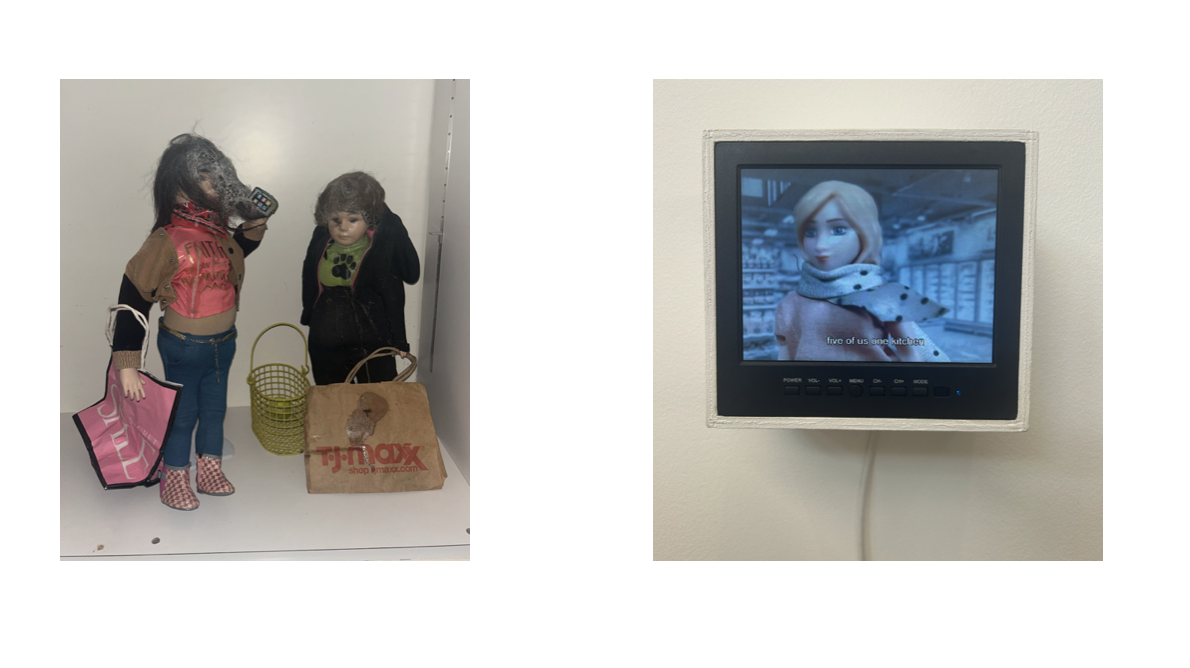
ii) Shop Mannequins (dated signifier, Surrealism)
Sylvie Fleury, (Karma International) Basel
Karolin Braegar (City Galerie Wein)
Sophie Jung (Spielzug) BSC
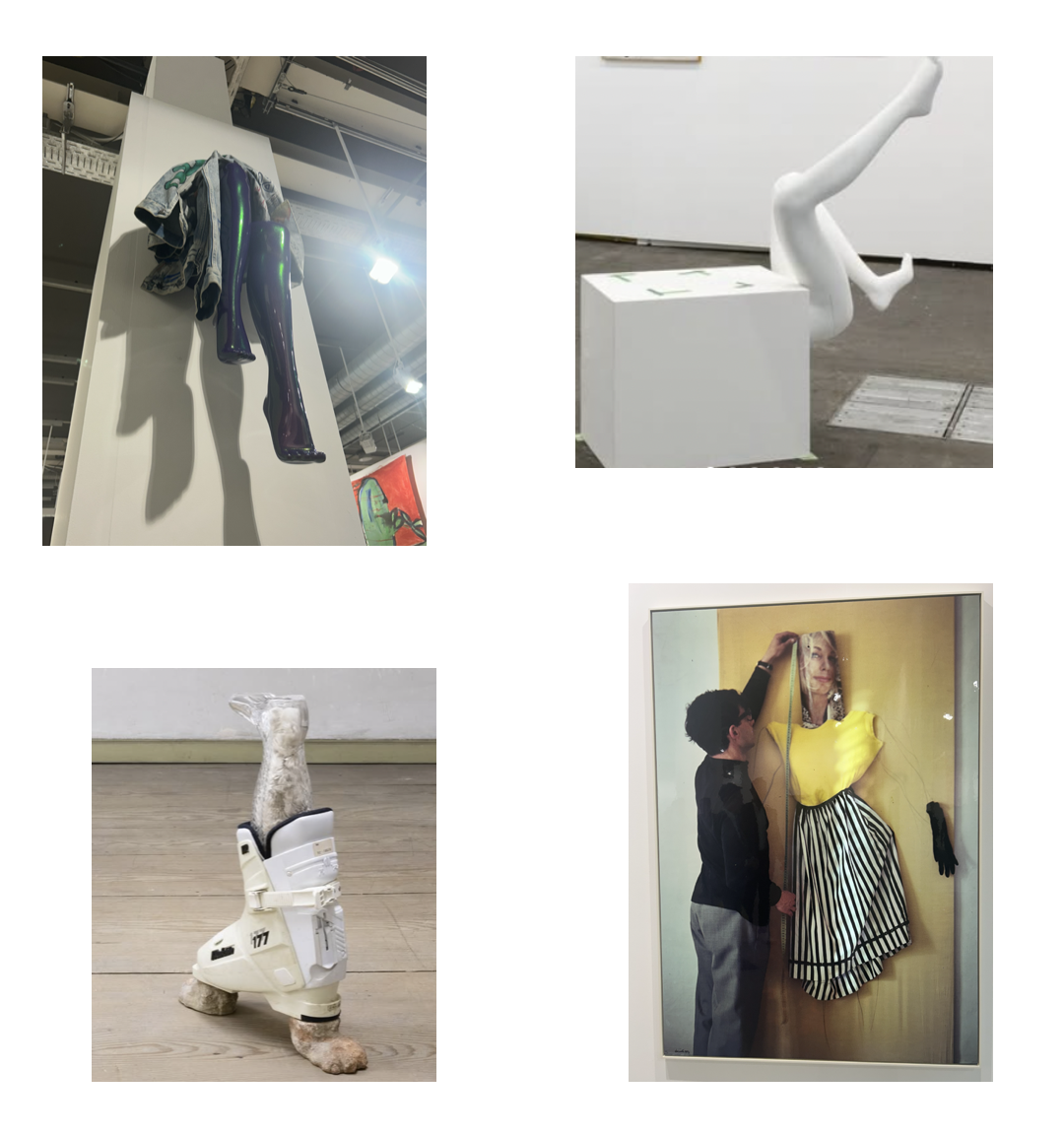
iii) The Craft Mannequin (a doll made more fetishistic by her materiality - Oskar Kokoschka’s doll, Alma, made of human hair)
Madeline Roger Lacan (galerie_eigenart) Basel
Asma_asma_asma_asma_asma_asma (LA house of Gaga) Basel
Mannequins in the cupboard at the Basel Social Club (artist unknown)
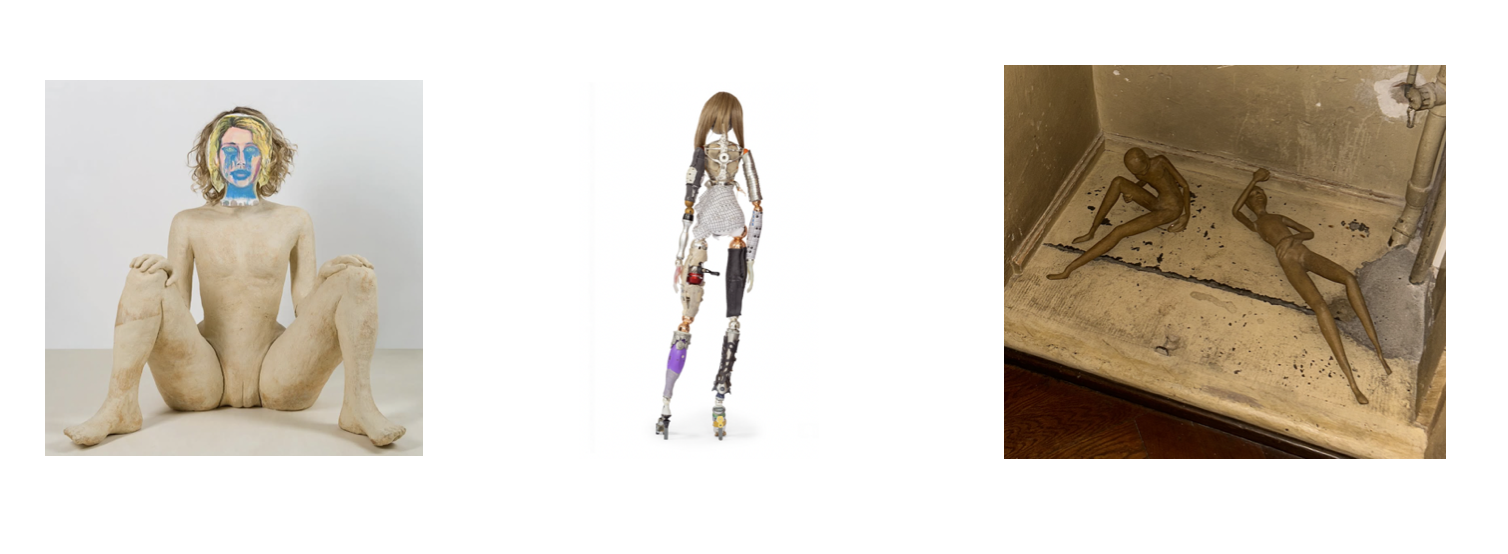
iii) The disturbed
Jos de Gruyter & Harald Thys, The 48 Hours of Kwik & Kwak (Isabella Bortolozzi) Basel
2 Font Fetish or Logo Worship
Artists have become fascinated with the seductive tyranny of the everyday as visualised by the conglomerate logo. Meme branding has pushed us into Post-Luxury, we can look to Helvetica Black revivalism: the American Apparel font.
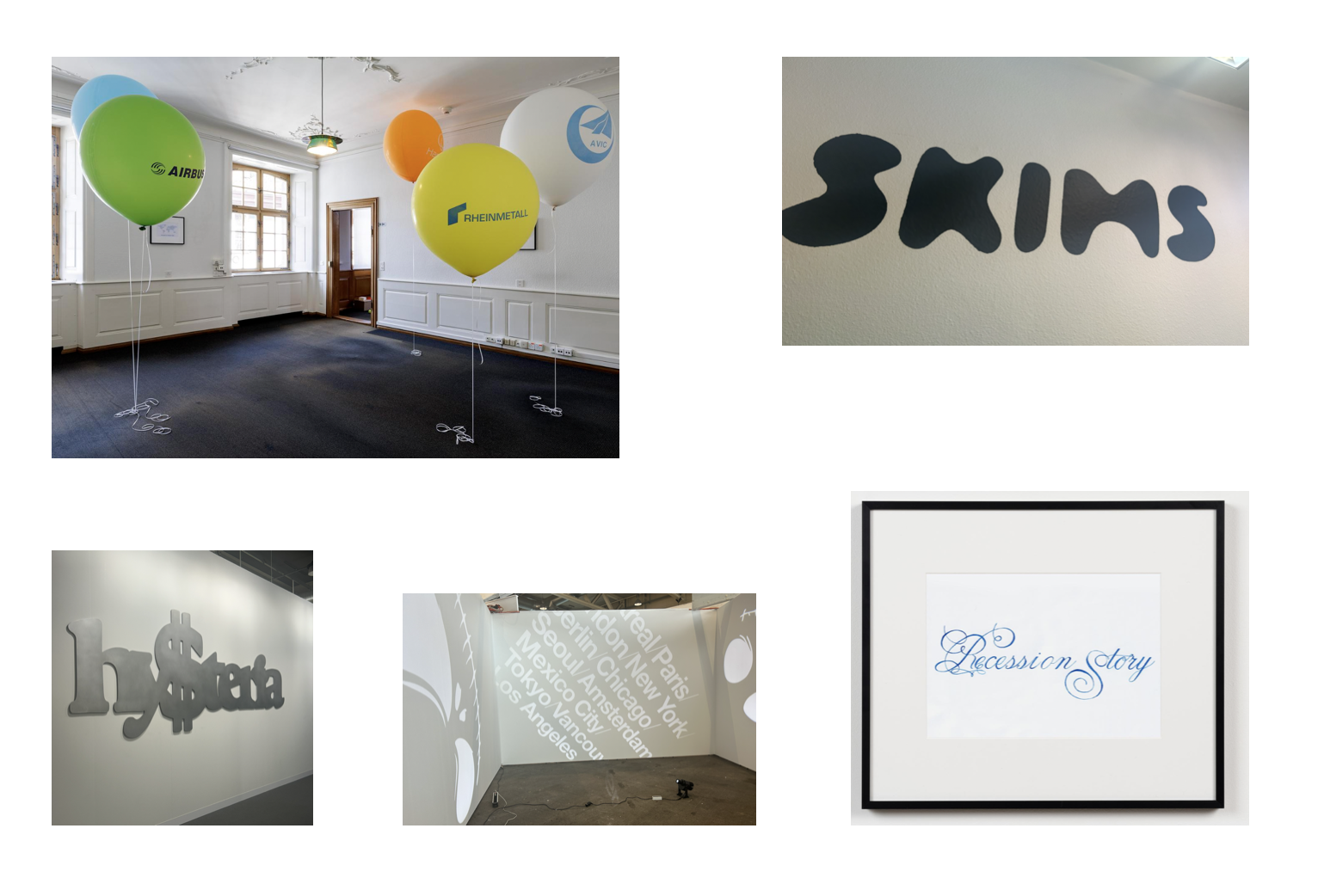
Sarah Staunton (Galerina) Liste
Bedros Yeretzia (Diana Gallery) Liste
Georgie Netell (Reena Spailings) Basel
Monica Bonvicini (Galleria Reffaella) Basel
Jasmine gregory (Karma international) and (Clearing)
Mohamed Almusibli, Loucia Carlier and Sylvie Fleury (Stick and Poke curated by Alana Alireza) BSC
Georgie Nettel (denitment_zh) BSC
3 “Cafe Art” Imitation
Art which consciously mimics “low” or “amateur” painting styles. The kind once described as hobbyist, usually found on the walls cafés, whose interior has not been updated since the 2008 Financial Crisis. Taste, hierarchy etc. Actually, usually very well painted.
Rita Siegfried (Clearing LA)
Sam Creasey (Andrew Reed Gallery) BSC
Matt Keegan (Magenta Plains) Liste
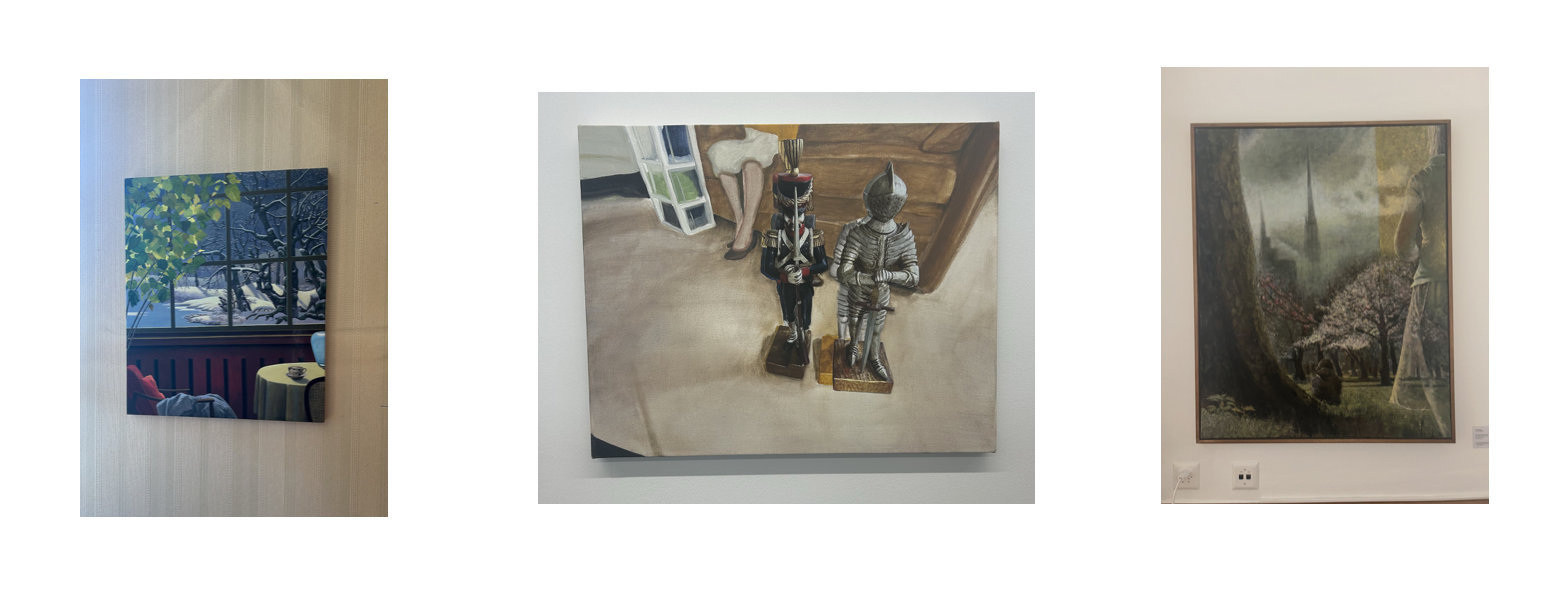
4 Fascist Kitsch Return Figuration (non-defamatory)
Realist figurative painting. Everyone loves the figurative! In the peri-menopausal space between Post Woke and Woke 2 we still need it to be slightly subversive or horizontal to the out-right representational. Veering into the kitsch, this style of painting mimics the first and second faculties of what Umberto Eco calls "Ur-Fascism" : the rejection of modernity in favour of tradition and the perpetual re-interpretation of the past.
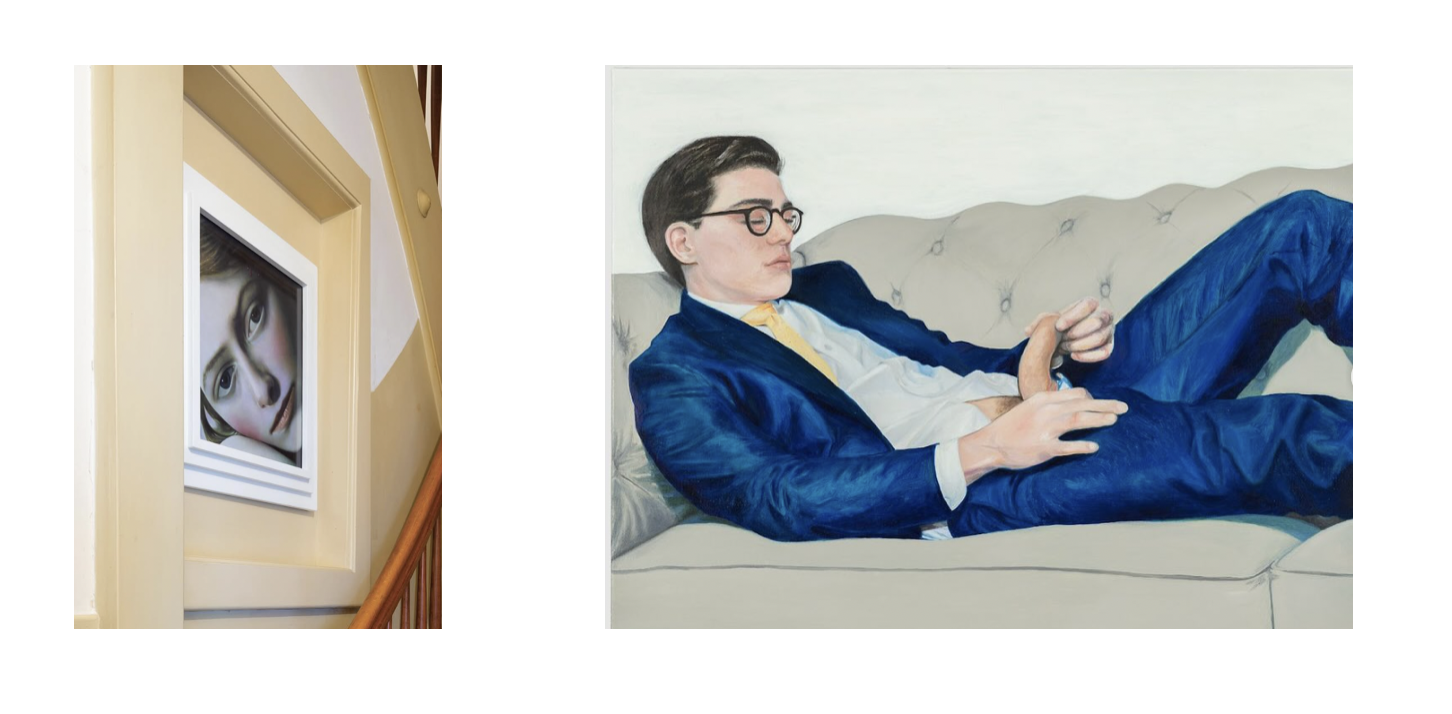
Jean Nipon (Clearing LA) Maison Clearing
Bill Coulthurst (Plymouth Rock) BSC
Francis Picabia (Galerie Isabella Bertolozzi) Basel
5 Childlike Regression Figurative
Works in which the formal style is childlike. The use of an nïave formal language throughout multiple works acts as a world-building exercise. It’s another indicator of figuration’s traditional language being diluted. What better way to deconstruct hierarchies than to appeal to their antithesis; innocence.
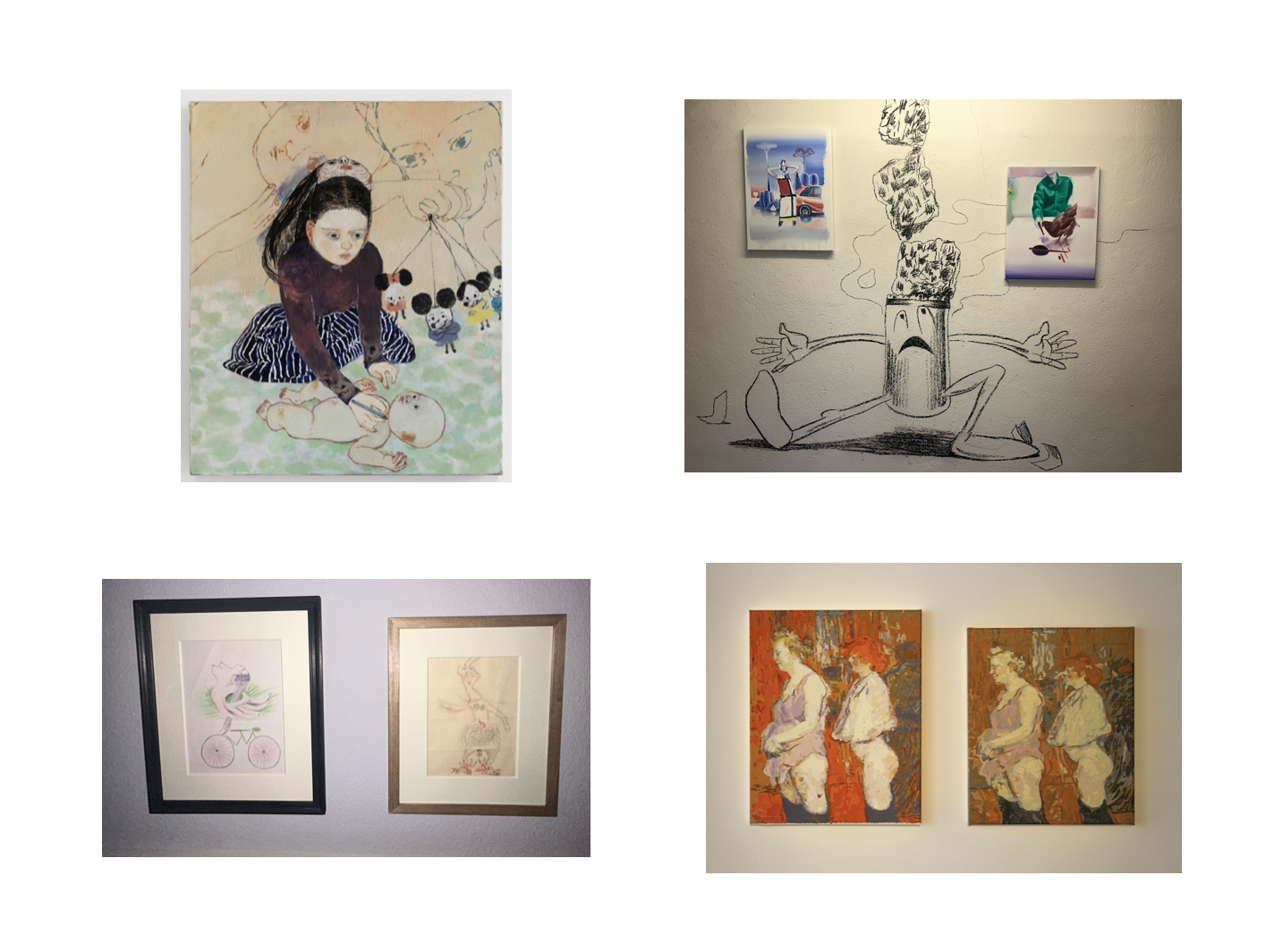
Maya Hewitt (Theta) BSC
Exquisite Corpse (Unknown Gallery) BSC
Gabor Pinter (longtermhandstand) BSC
Reba Maybury (Company Gallery) Liste
Matt Keegan (Magenta Plains)Liste
6 Modern Gothic (Domestic Cruelness is a sub-section of this)
Already defined by Contemporary Art Writing as follows:
“Modern Gothic is a mode or genre prevalent in Contemporary Art from the early 21st century to this day. Characteristics of Modern Gothic include the presence of banal, irrational, and transgressive thoughts, desires and impulses. Modern Gothic texts also mark a Marxist return of the alienated: the region’s historical realities take concrete forms in the city's banality of power structures that highlight all that has been unsaid in the official version of Modern history.”
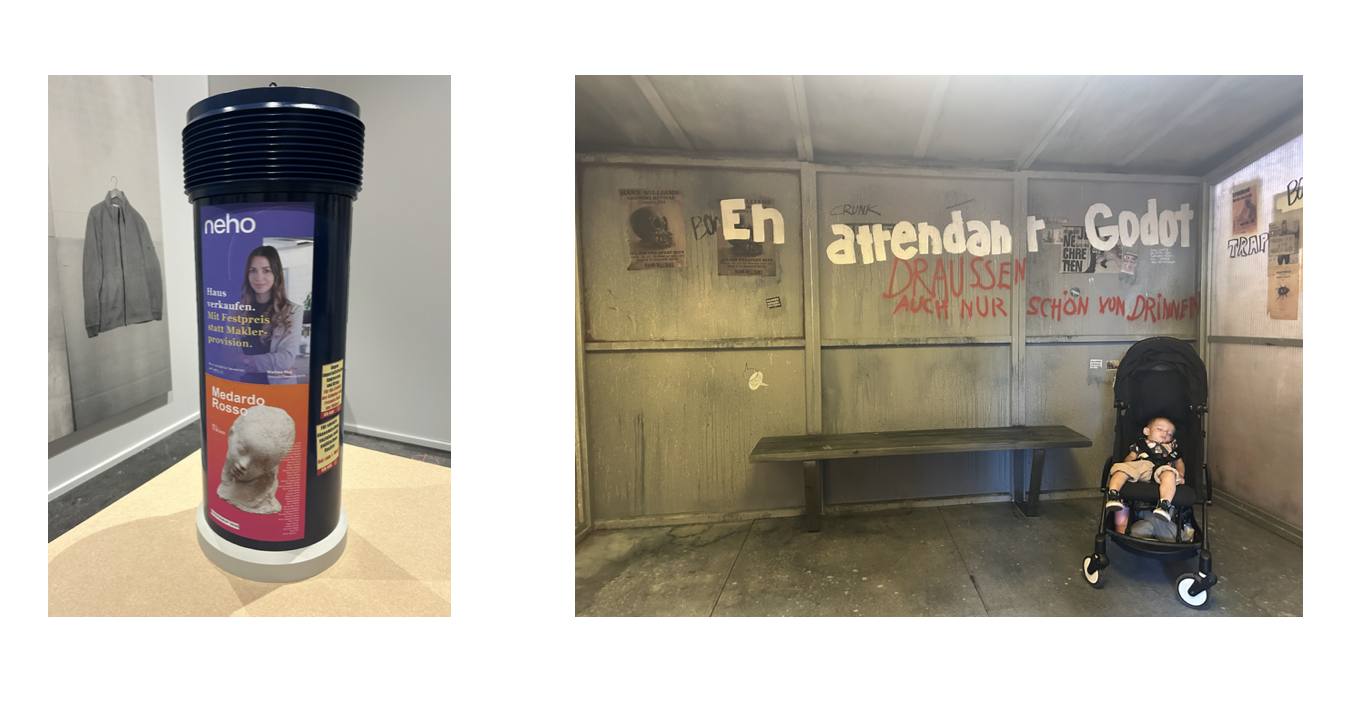
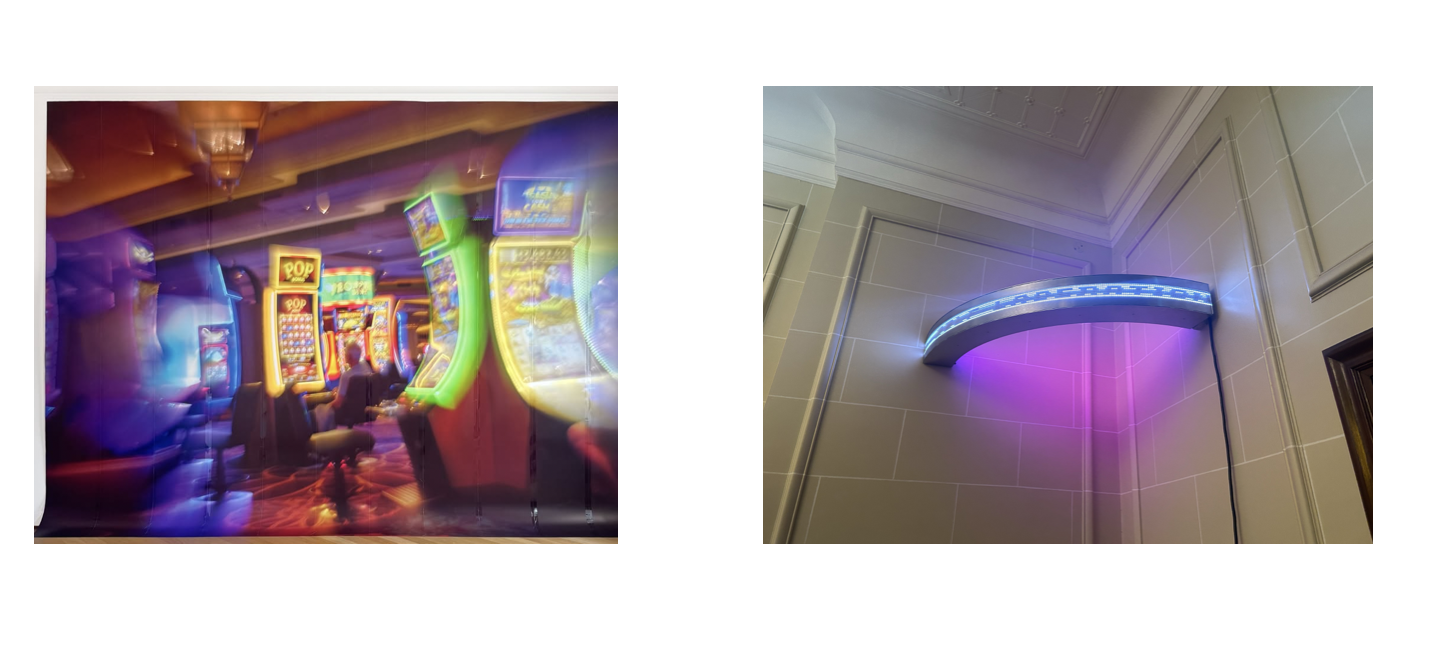
Jenny Holzer (Spruth Magers)
Franz Burkhardt’s “Bus Stop” (Littmann Kulturprojekte) BSC
Paul Levack’s images of the interiors of Venice Casinos, exacerbated by the presence of a large casino table in the room (Hans Goodrich) BSC
Mia Sanchez (Swiss Art Awards)
Cedric Eisenring (Drei Gallery) BSC
7 Domestic Cruelness
Defined by Connor Crawford in his Liste booth. As a genre, Domestic Cruelness is preoccupied with how domestic space can reflect, trigger or embody psychic disturbance. Objects which should be comforting due to their association with the private realm - the sofa, the bed, the childhood home - appear in the guise of the mass-produced object devoid of auratic presence. As with Modern Gothic, the trope reflects tenets of alienation in relation to mass-individuality.
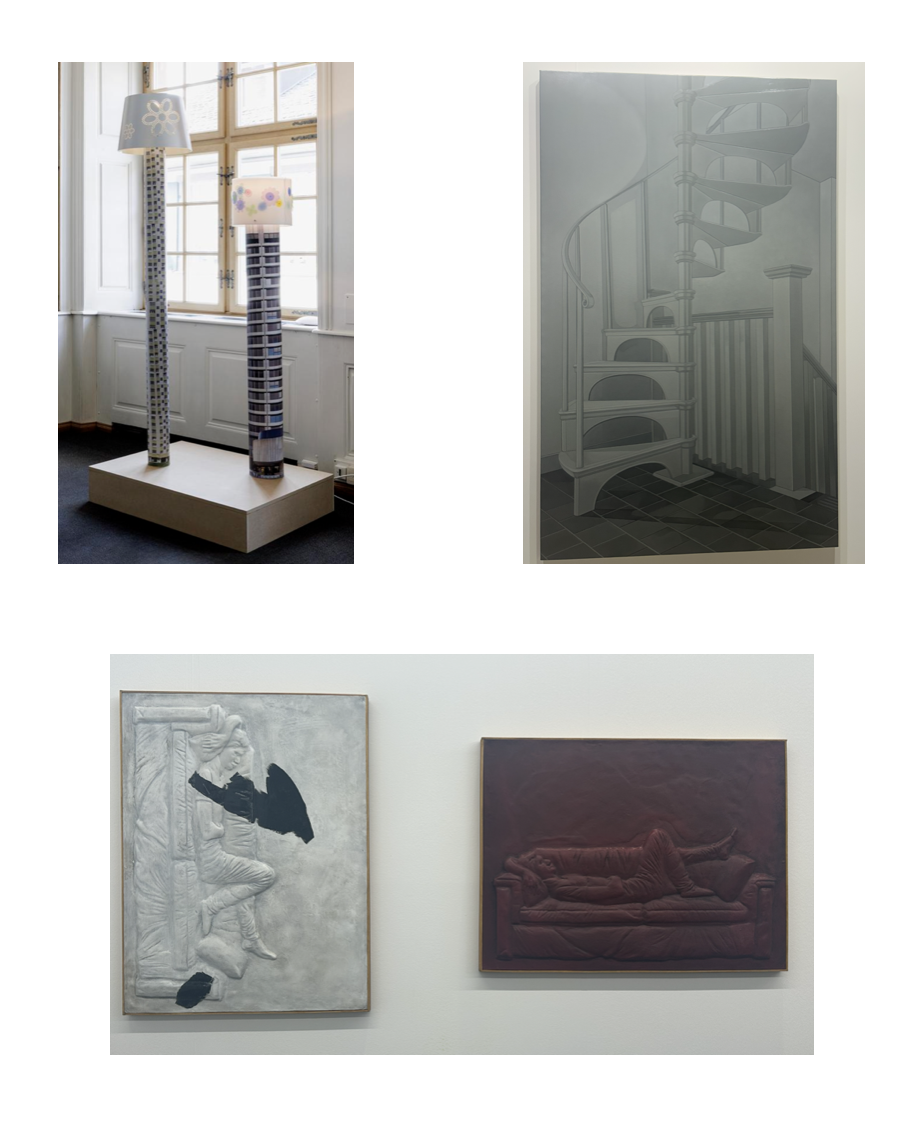
Mia Sanchez (Sentiment) BSC
Connor Crawford (Shore Gallery) Liste
Gillian Carnegie (Cabinet) Basel
8 Haunted House Immersive
Objects that could be haunted due to their antique effect are shown as animistic, shattered representations of universalist flaws. These are often containers of sorts whose hollowed-out interior spaces have a metabolic significance. Visually, they could be lifted from the decor of a Disneyland Horror house, they are a camp affectation appealing to pop culture.
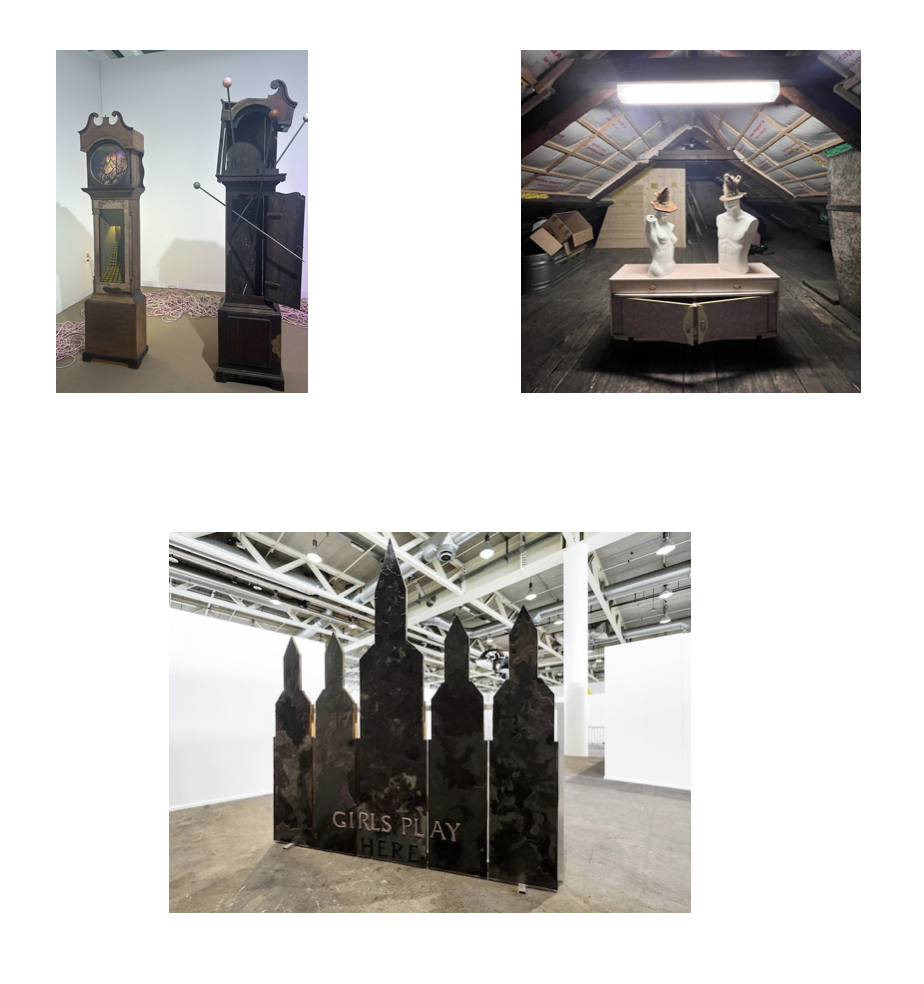
Also includes the notorious wallpapered accent.
Alexandra Metcalf at (Ginny on Fedrick) Basel
Sophie Jung (Spielzug) BSC
Shamiran Istifan (Swiss Art Awards Winner)
9 The Phantasmagoric-Pop-Pysch Collage
This trend is an artistic investigation of the archive. How our minds archive time spent in domestic or urban spaces - projections of emotion time, place and longing. Found urban objects appear in mounted wall sculpture alongside disposable early 2000s family photographs, or ephemera one might discover, covered in dust, underneath a now-grown-up child's bed. Post-American dream aesthetics collaged with bits from estate sales.
The photograph is often contrasted with the found, unrefined object. Like Sveta Mordovskaya’s photographs, taken from 2005-2008. As Margaret Kross writes of Gregory's work, the pop-psych collage is “hot mess conceptualism”.
It makes use of the ephemera desired by the aspirational middle class; the glimpse of unrealised captialist desire is phantasmagoric. One experiences it as a child, yearning for the boxed barbie behind a plastic screen, only to become dissatisfied once it is unpackaged - the idea is merely a frightenening projection.
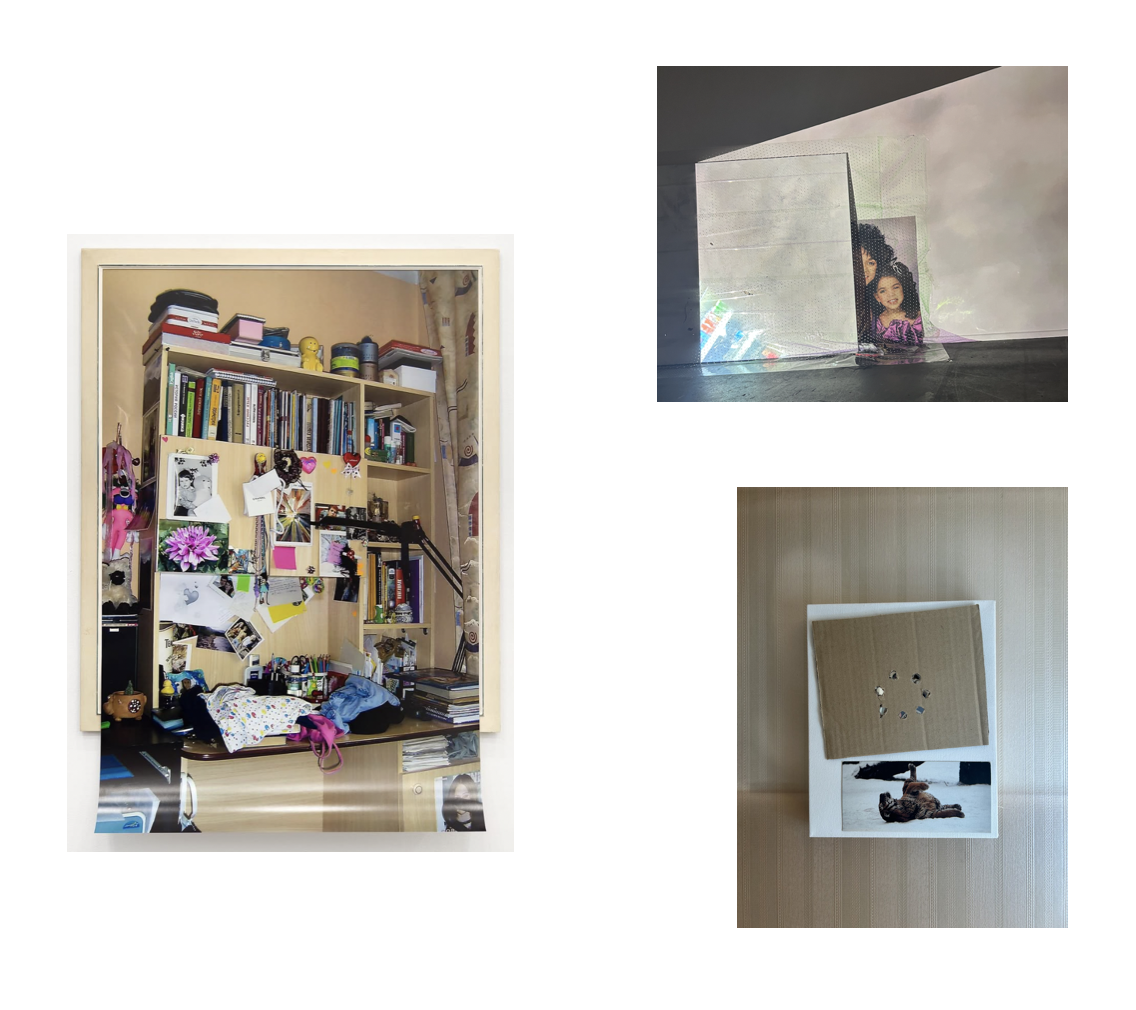
Jasmine Gregory (Swiss Art Awards)
Sveta Mordovskaya (Swiss Art Awards)
Sarah Benslimane (Clearing)
Zoe Baranek (Swiss Art Awards)
Samuel Haitz (Triangolo)
10 Tromp L’eoil, Tromp L’eoil, Tromp L’eoil
Self explanatory, probably the trend that will define painting most (if not already) in the next year. Something about false promise, failure and the seduction of illusion.
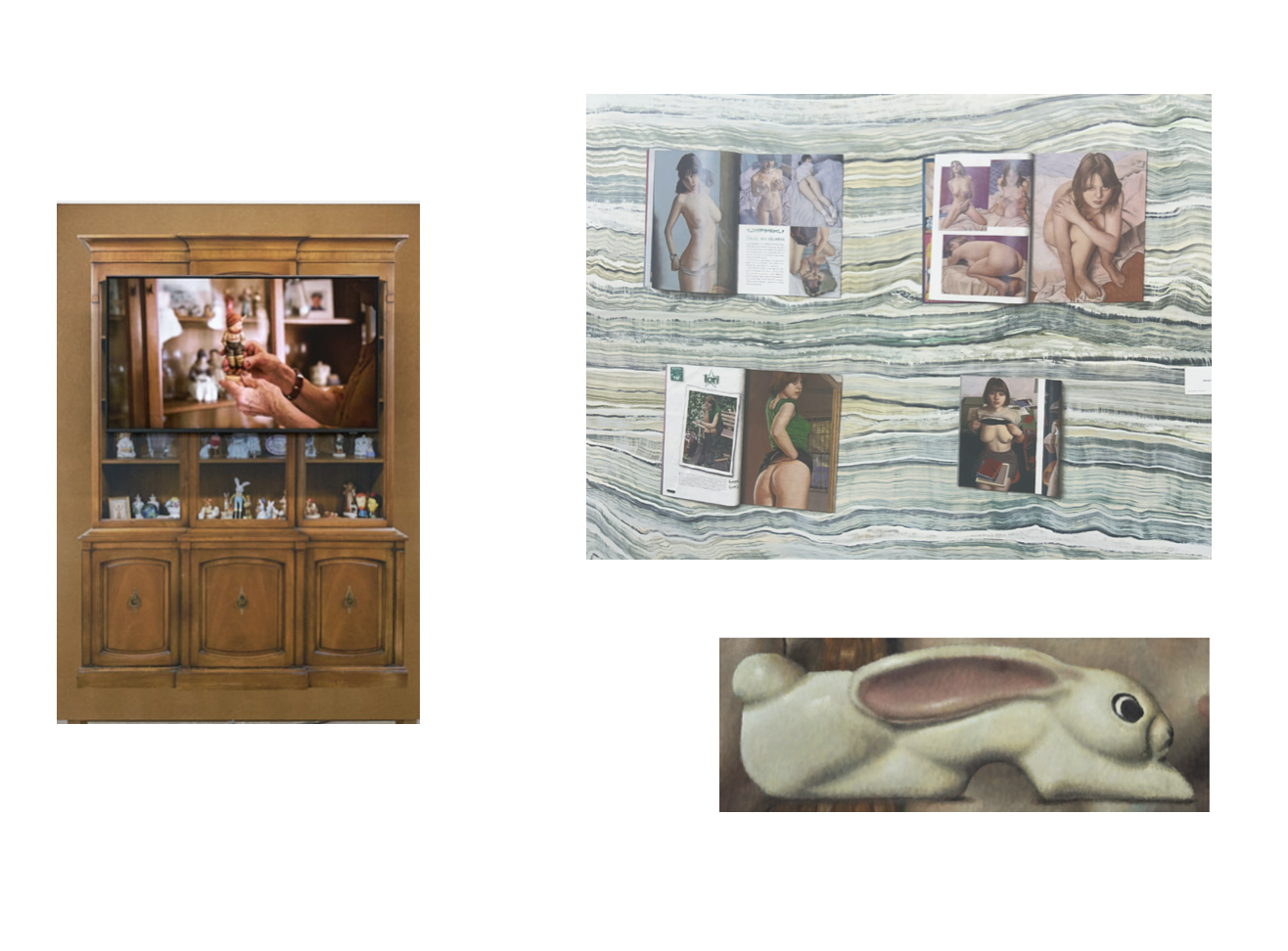
Lucy Mckenzie (Cabinet) and (Buchloch) Basel
Karolin Braegar (City Galerie Wein) Liste
Issy Wood (Michael Werner) Basel
Matt Keegan (Magenta Plains) Liste
11 Glitch-Romanticism
Taking the digital glitch and pairing it with a longing for sublimity, human connection and the romantic. Digital referents are contained within a emotional, deeply moving practice. Formally, artists make use of the glitch or blur: a shift, movement or break in the system - as a way of transforming ordinary subject matter. In other instances, artists use dated or nostalgic technology (glitch-tech) as a medium in their practice.
A fairytale tale told on a heavy set monitor or a painting with italicised, equally spaced font floating on the picture plane, as if placed by a text-box.
Ana Vik (Nicoletti) Liste
Matthias Groebel, (Mai 36 Galerie) Basel
Mathis Altman (Fitzpatrick gallery) BSC
12 Effervescent Grotesquerie
Abject subject matter depicted in effervescent hues. Paint seems to “evaporate” from the canvas as it is applied in washed out layers. The trauma of an abortion is exacerbated by the genre’s stylistic softness.
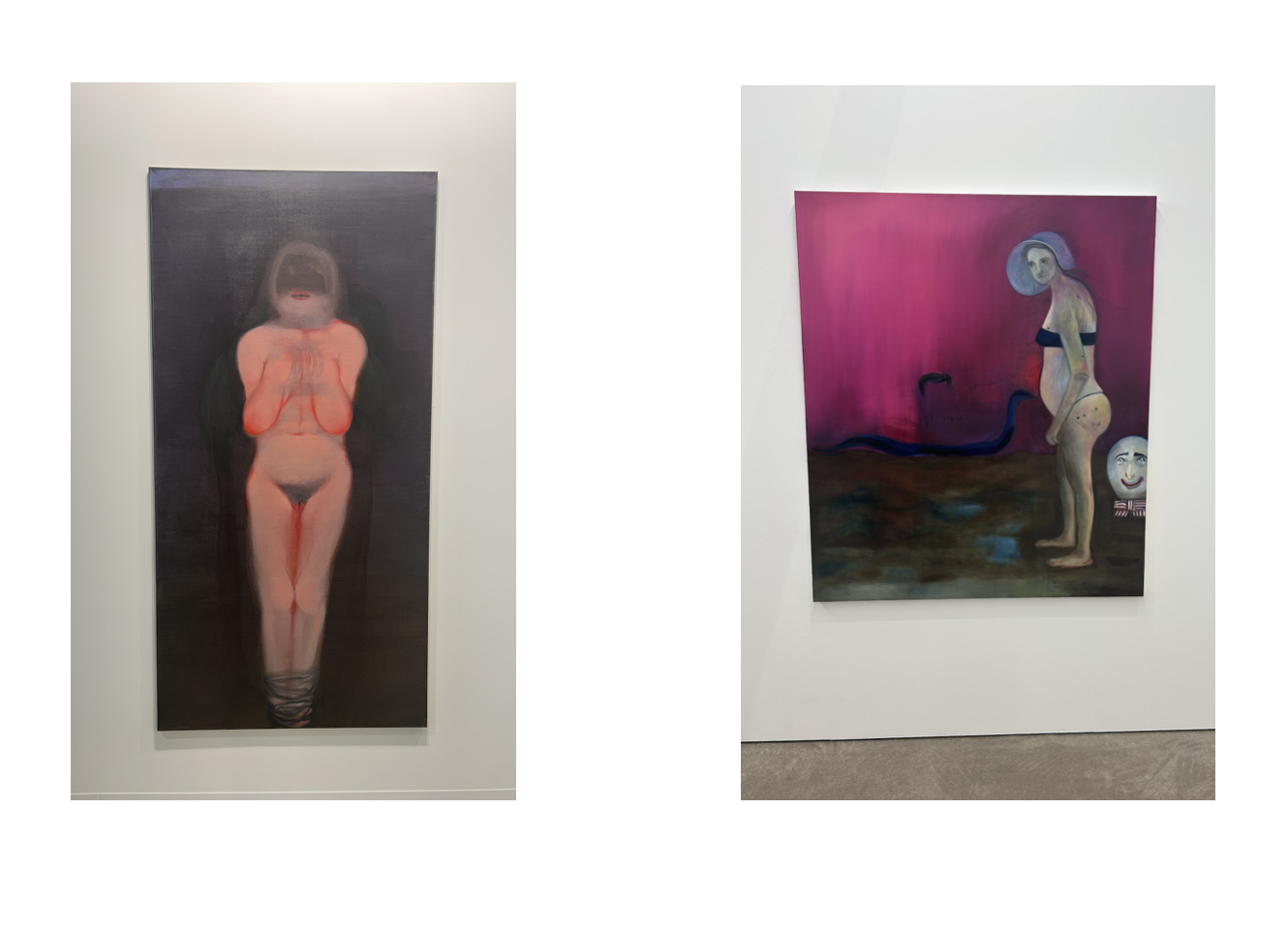
Evangeline Turner (A.Squire) Liste
Miriam Cahn (Meyer Riegger) Basel
13 Formally Rabelaisian
Gargantuan distortion. Rabelaisian means “to display earthy humour, Bawdy”. Formally, this manifests in rounded forms and cartoon-like human presentation. Style tends to fear towards kitschiness, commonality or “low” styles akin to Breughal’s representation of the bacchnicalic lower classes. Human figures convey joviality, but this happiness is filled with mirth.
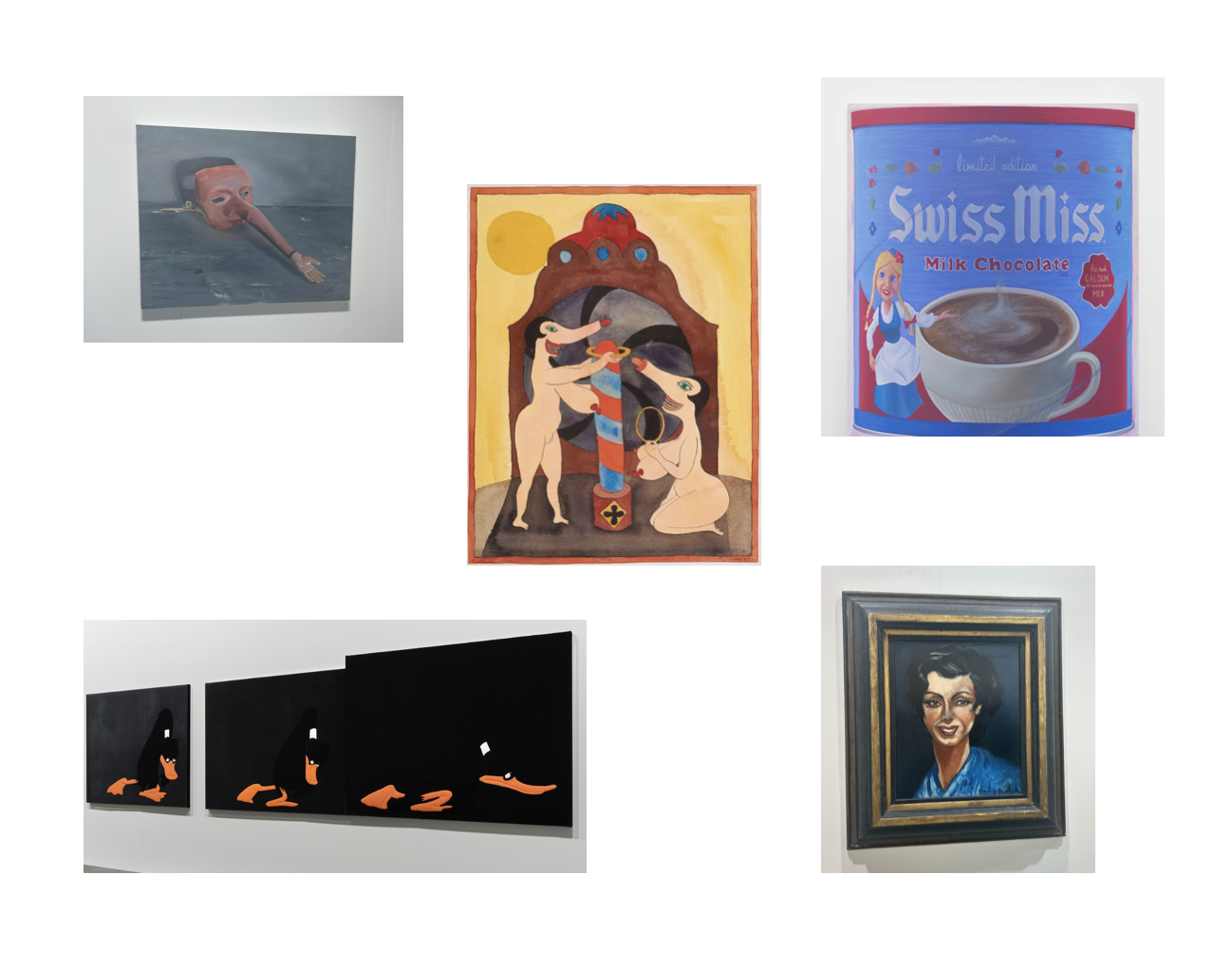
Witt Fetter (Derosia) BSC
Hans Schärer (Galerie Mueller) BSC
Francis Picabia (Isabella Bortolozzi Gallery) Basel
Cosima von Bonin (La houseofgaga) Basel Unlimited
14 Brain Rot Carnivalesque Entertainment
Taking inspiration from the circus where freaks, oddities and societal outcasts are celebrated. Instead, presented to the crowd for amusement are the multifarious “brain rot” functions of the internet. The entertainment of the online masses is translated for the public.
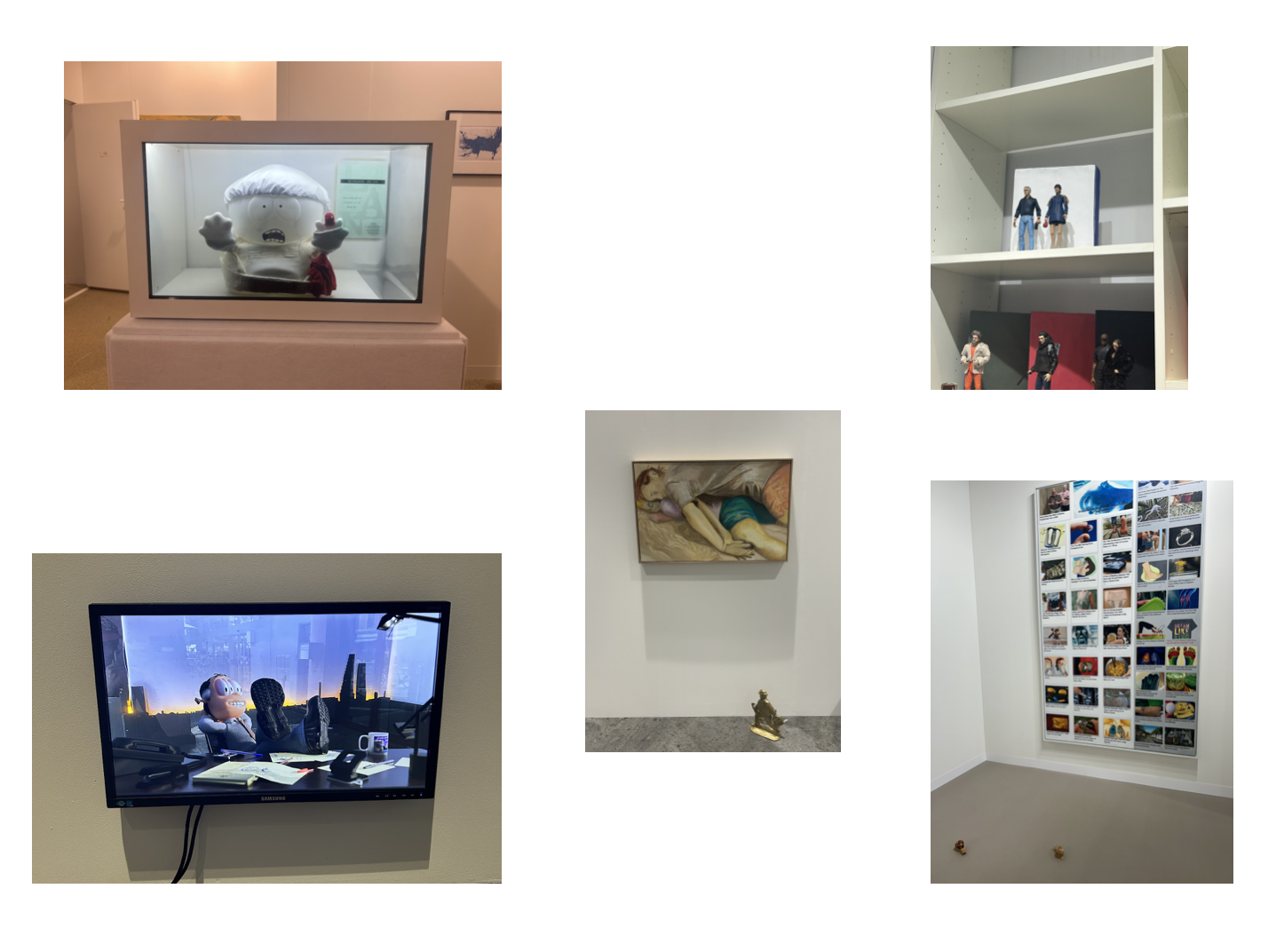
Foreign/domestic mannequins by Jeffrey Dalessandro. Handmade mannequin of Luigi Mangione replete with gun and backpack. (Foreign and Domestic), BSC
South Park/Lacan by Marc Kokopeli (King of Venmo) ( Reena Spaulings) BSC
Urs fischer (The Modern institute) Basel
Noemi Pfister (Forspace) Swiss Art Awards
Paul Fritz and Virginie Sistek (Forspace) Swiss Art Awards
15 Fine Graphic Fetish
Fantastical illustration, usually fetish imagery, elevated by the artists attention to detail and skill with graphite shading.
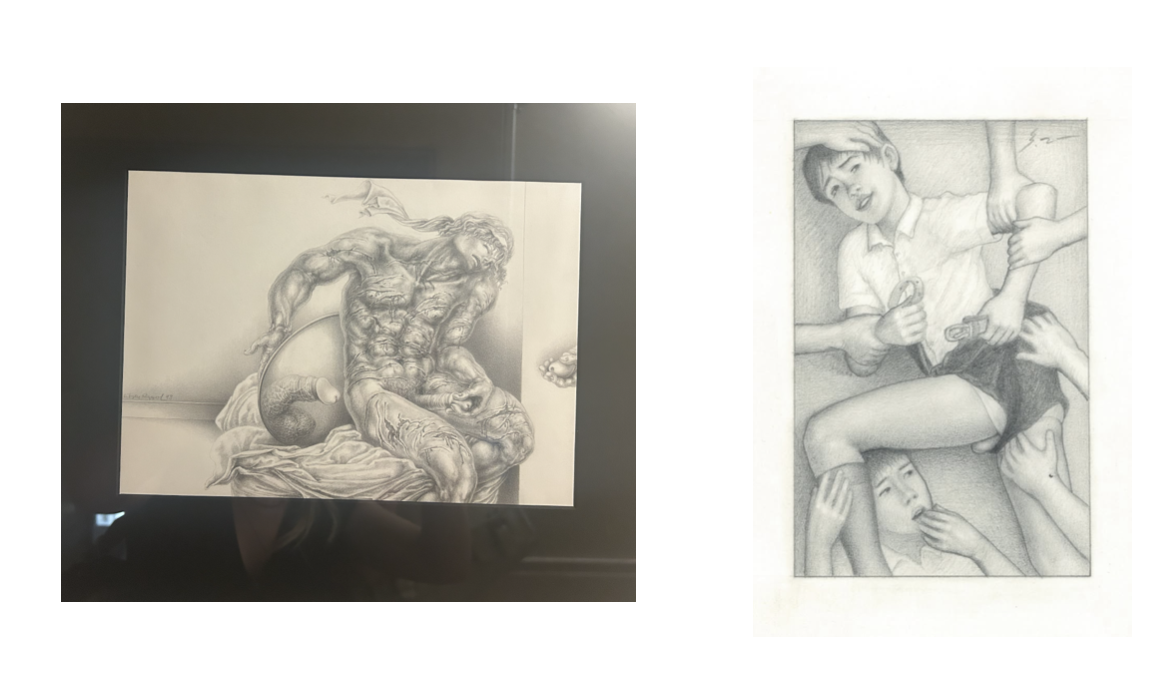
Sybille Ruppert (Blue Velvet Prokects) BSC
HR Giger (Lovay Fine Arts)
Seiji Inagaki (Tenko Presents) Basel w/ Reena Spaulings
16 The Semiotic Screenshot
Painting the context of one’s camera roll. Using the image juxtaposition of John Berger with meme-like screenshotted images.
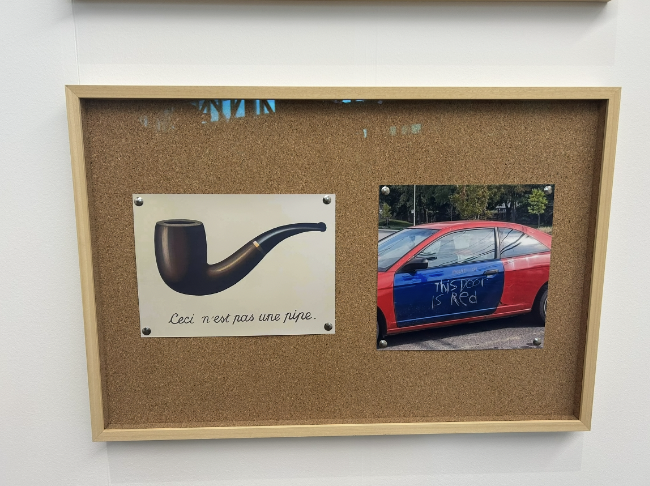
Al Freeman (56 Henry) Liste
17 Ready Made Shapes
Cookie cutter Shapes. It’s unclear whether the vogue for incorporating patterns or ready made shapes into art directly reflects similar trends in fashion. One reason these shapes have been incorporated is for their immediacy, their cheapness is seductive, but, increasingly repetitive.
A classic high/low motif that sometimes pays off and sometimes appears like an art school interpretation of early 2010’s Word Art Shapes.
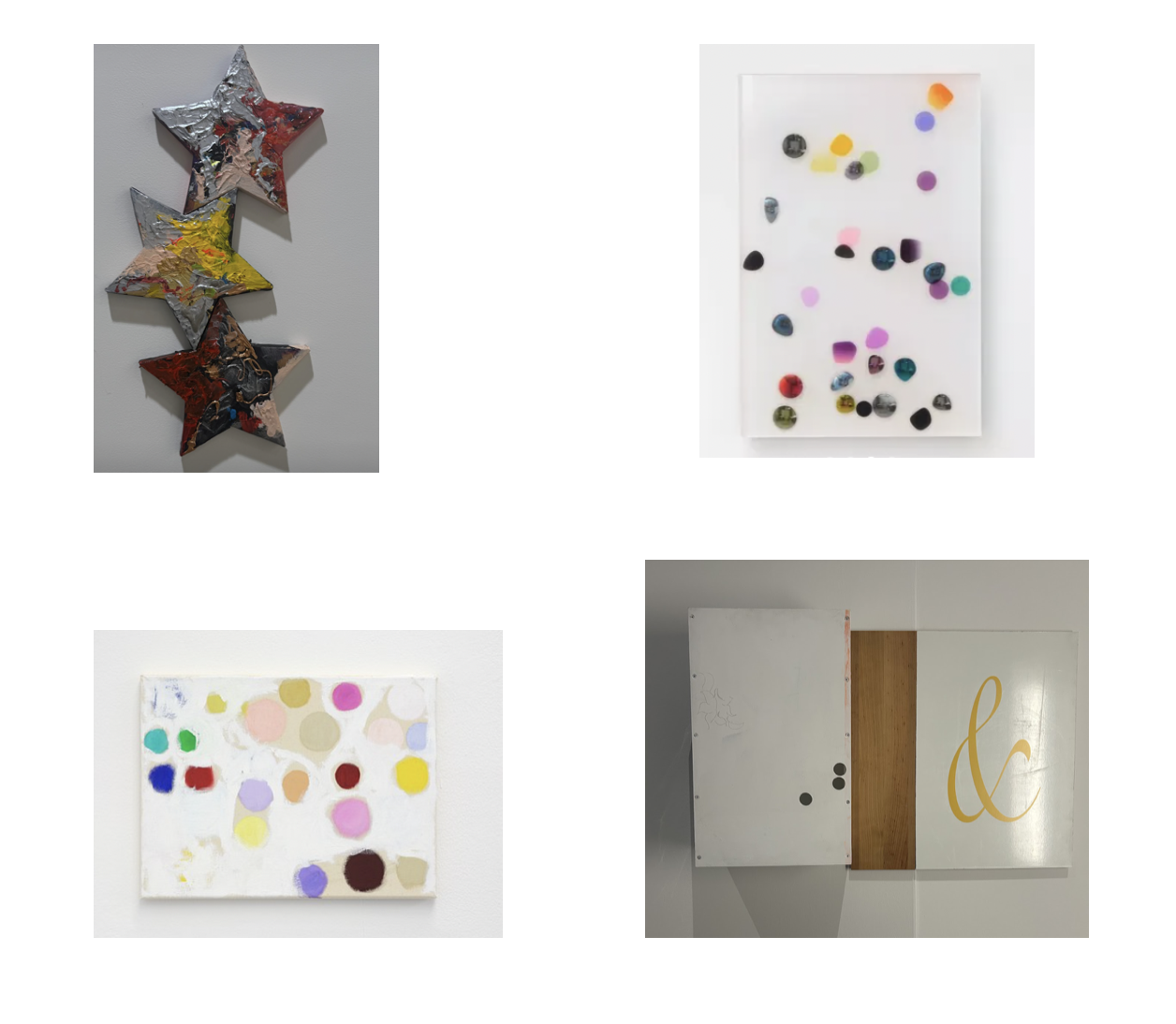
The abstract polka dot oscillates between a 2003 prada skirt pattern and a cheerful zombie formalist canvas.
Jutta Koether
Gritli Faulhaber (Maison Clearing)
Jim Lambie (The Modern Institute) Basel
Zoe Baranek (Swiss Art Awards)
18 The Self-Conscious Abstract Painter
Why paint with semi-cubist forms today? What does it mean? What is the point? Is the artist using these modernist forms as a self-conscious reflection on the shifting nature of the avant-garde?
These works are often successful for two reasons: 1) They utilise the succesful moniker of modernist abstraction while 2) The self-mockery contained in using said modernist forms creates an erudite "inside joke" for the connoisseur viewer. "Ha, Ha" the buyer says "This is a very clever commentary on dated notions of abstraction in painting - the gun is a substitute for modernism's brusque machismo energy...
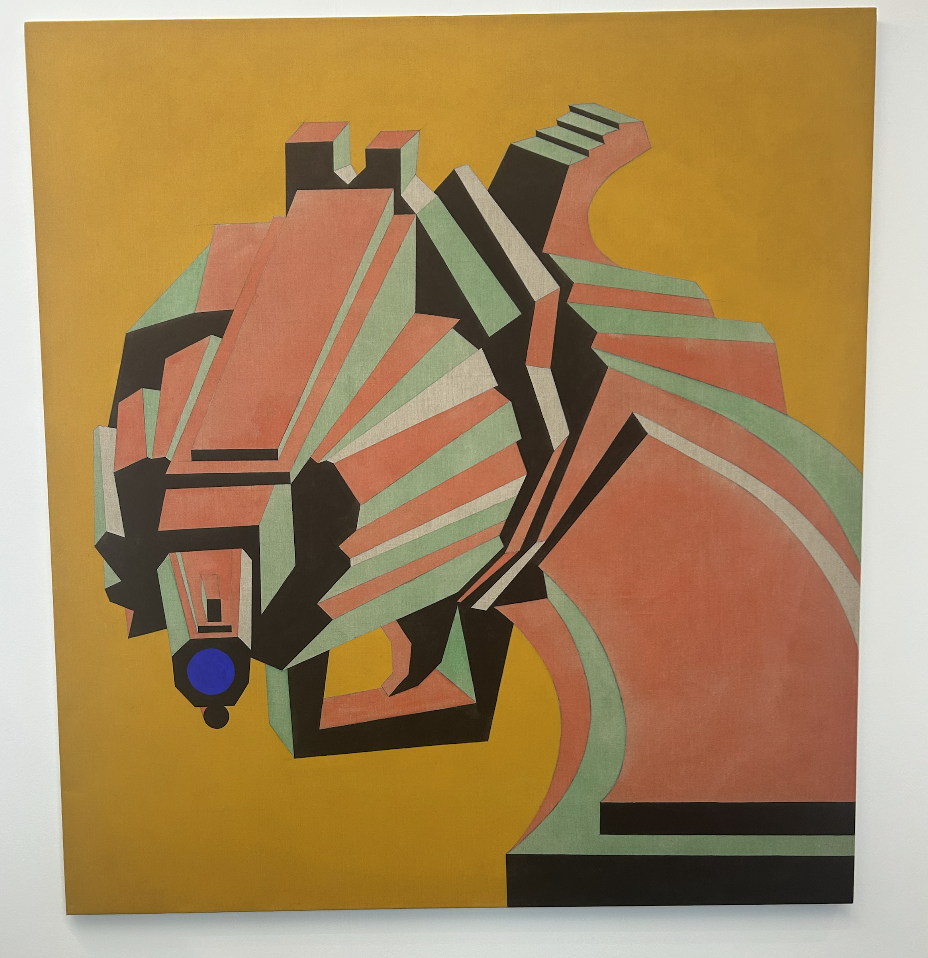
Matthias Noggler (Drei Gallery) Liste